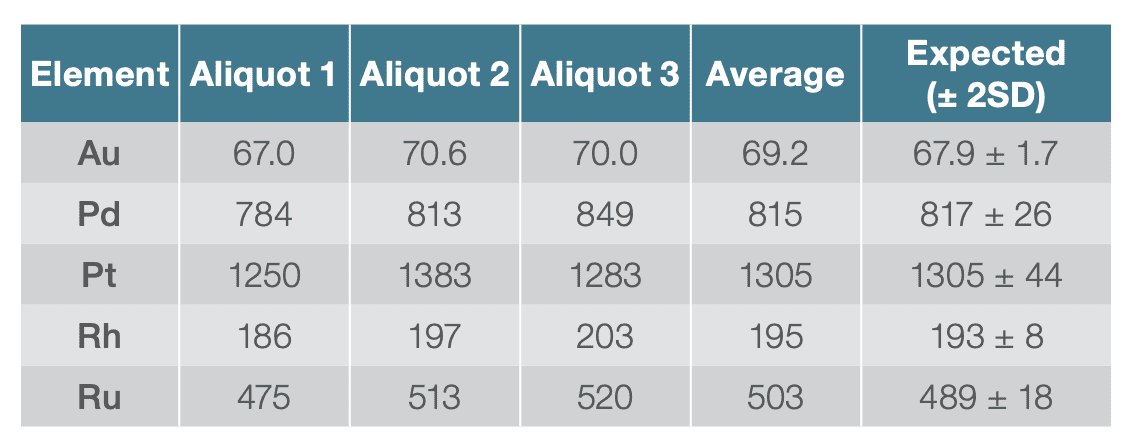Inductively Coupled Plasma Optical Emission Spectroscopy (ICP-OES)

Inductively Coupled Plasma Optical Emission Spectroscopy (ICP-OES) gives the elemental composition of either liquid or digested-solid samples. It is highly sensitive with a large dynamic range and well suited for trace element detection in the analysis of processing fluids or rinse water. Accompanied by a new Microwave Digestion system, we can also use ICP-OES to analyze the chemistry of digested bulk samples. Results are quantitative using an appropriate reference or are semi-quantitative for simple survey scans.
Strengths
- Widely applicable to virtually any bulk sample (liquid or solid)
- Wide dynamic range supports analysis of most elements on the Periodic Table
- Quantitative composition with an appropriate reference; or semi-quantitative with simple survey scans
- Compatible with airless workflow (use of glovebox)*
NOTE: ICP is an inherently destructive mode of sample-introduction; as a result, the sample will eventually be exposed to air during the process of analysis, as it vaporizes and ionizes
Limitations
- Provides elemental composition information only
- Best for bulk samples; (ICP-MS is preferable for analysis of contaminants and impurities)
- Solid samples need to be digested first – Covalent can provide this service as well; please contact us if you are interested in learning more.

